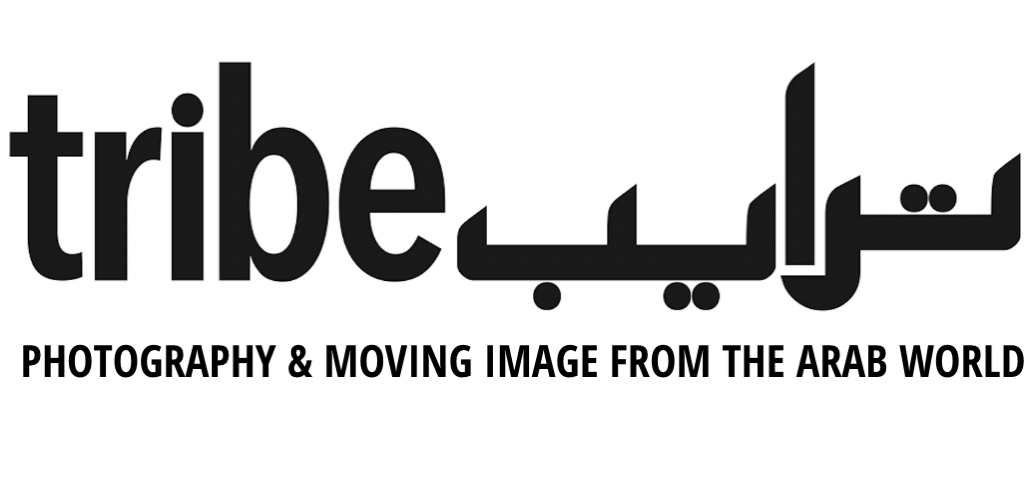Jalal Bin Thaneya: Beyond The Fence
Exploring the collateral value of waste
Jalal Bin Thaneya, Rims 01 (2018) . Courtesy of the artist and Tashkeel.
With text by Maha Alsharif, writer and critic.
Beyond the Fence by Jalal Bin Thaneya explores the collateral value of industrial products and waste. The photographs of raw industrial structures are nearly to scale, and document the workings of industrial facilities. They also speak about the artist’s experience having gone through a lengthy and unconventional security process to gain access into these facilities. The final series of images not only captures what these facilities are and how they operate, but also brings attention to less obvious yet important ways they contribute to modern living.
Taking stylistic inspiration from photographers like Margret Bourke-White, Paul Strand, Edward Burtynsky, and Charles Schieler, Bin Thaneya presents industrial environments in their raw states, using straightforward techniques that rely on natural light to compliment the subjects and surroundings. He presents in a direct and objective way the very things that hide in plain sight, but that have a strong position and impact within society.
At times the pictures are in carefully polished frames, For the photos, the artist directs his lens to rough arcane locations that make many modern activities, like easy transportation, possible. Considering how the oil and gas industries are at the core of many others, the artist captures details of oil refineries and scrapyards where raw materials and industrial waste are processed. The images present these locations in unglamorous stages of their life cycles. However due to safety and security regulations, his project was obstructed and he was forced to spend the majority of his time trying to get permission to enter. With his creativity distracted and his time limited, Bin Thaneya experienced unforeseen technical and conceptual challenges.
To achieve the aesthetic quality he envisioned, timing was a critical element. Bin Thaneya says, “I don’t take pictures all year round, there’s a certain time of the year during which I make images,” so unanticipated delays risked losing the apt natural light he required. While he initially used 4 x 5 film, which takes about two weeks to develop between Dubai, Berlin and New York, he had to find a faster alternative in digital cameras. He then was able to achieve comparable quality using a medium format Hasselblad camera.
On the conceptual level, the artist’s experience to obtain entry permits made him aware of the impact these facilities have, transcending industrial and economic aspects. A threat to them means a threat on the country’s security, stability, political and economic foundations, environment and public health, and ultimately potential growth.
Although the images of steel structures, tire piles, and tired engines in the series appear cold and disconnected from the human experience, the viewer identifies with the artist’s vantage point and presence. In addition to the images, the viewer relates to Thaneya’s process and experience of physically reaching beyond the fence, which in this case functions also as a performative medium that opens a dialogue on much broader subjects.


